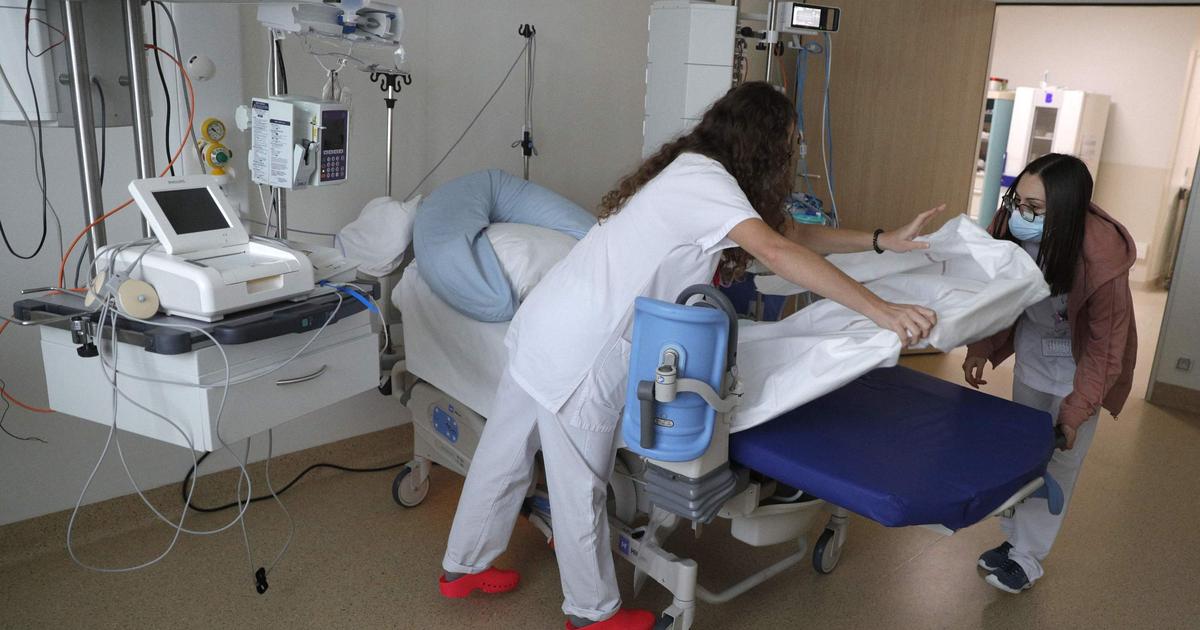It is now a ritual.
Every evening since the containment in March, Public Health France has published the key figures of the Covid-19 epidemic, thus informing the French of the number of cases, the positivity rate or the number of deaths over the last 24 hours.
Department by department, it is thus possible to follow the progression of the virus.
A dashboard rich in lessons but which has the defect of imprecision.
To correct it, at least partially, the health authority now provides significant additional information: the number of people infected each week across the main French cities.
Resulting from the SI-DEP system, developed in record time at the height of the crisis, the results of the screening tests now mention the postal code of residence of the person sampled.
Less myopic, health analysts can therefore identify areas of life where the epidemic is more galloping than at the departmental level.
This new perspective also makes it possible to observe substantial differences between the departmental landscapes and certain metropolitan portraits.
The metropolises of Saint-Etienne, Lille and Lyon at the heart of the cyclone
Northerners will now be able to follow the evolution of the epidemic on the scale of the European metropolis of Lille (59), which brings together only 95 municipalities out of the 648 in the Nord department.
The same is now true for the top 19 French cities.
The opportunity to see much higher values in several corners of the Hexagon.
Thus, in Saint-Etienne Métropole, there are 700 positive cases per 100,000 inhabitants over a week.
A triple alarming situation.
The Stéphanois are in the catchment area where the virus circulates the most, reported to its population.
It is also in the metropolis of Saint-Etienne that we note the strongest increase in incidence (+ 250% since mid-September).
In the end, this is where the contamination of people over 65 is proportionally the most important, with 653 positive cases per 100,000 inhabitants.
READ ALSO>
Covid-19: in Auvergne Rhône-Alpes, resuscitation services are "on the tightrope"
In addition to the Loire prefecture, the metropolitan areas of Lille and Lyon have more than 500 cases per 100,000 inhabitants.
With respectively 654 and 542 contaminations.
The metropolises of Grenoble, Paris and Clermont-Ferrand follow.
What reveals a strong pressure on the health system of Auvergne-Rhône-Alpes, managed at the regional level.
Significant gaps between metropolises and their peripheries
In many territories, the virus circulates more in large cities than in less dense areas.
A gap between metropolises and their outskirts which is particularly striking in Alsace: in the Eurometropolis of Strasbourg, there are 227 cases per 100,000 inhabitants, against only 92 for the whole of Bas-Rhin.
This gap is also important around Lille, Tours and Clermont-Ferrand.
Paris is the only department where the incidence of the epidemic is greater than in the rest of its metropolis, Greater Paris.
This can be explained by the administrative and demographic particularity of the capital, the only metropolis less densely populated than its department.
Newsletter - Most of the news
Every morning, the news seen by Le Parisien
I'm registering
Your email address is collected by Le Parisien to enable you to receive our news and commercial offers.
Learn more
Contamination appears to be more diffuse in Gironde, Haute-Garonne, Bouches-du-Rhône and Ille-et-Vilaine, where the incidence reported on the scale of the department is relatively close to that observed in the metropolis.
This change of scale should allow citizens to monitor as effectively as possible, day after day, the impact of the measures taken by the government since September.
Indeed, the latter are now focused on the most affected metropolises and not on all the departments concerned.














